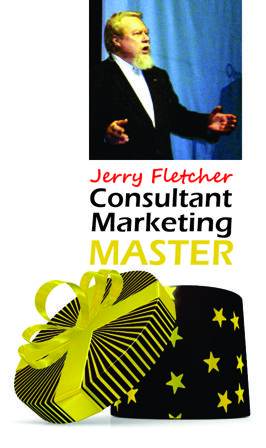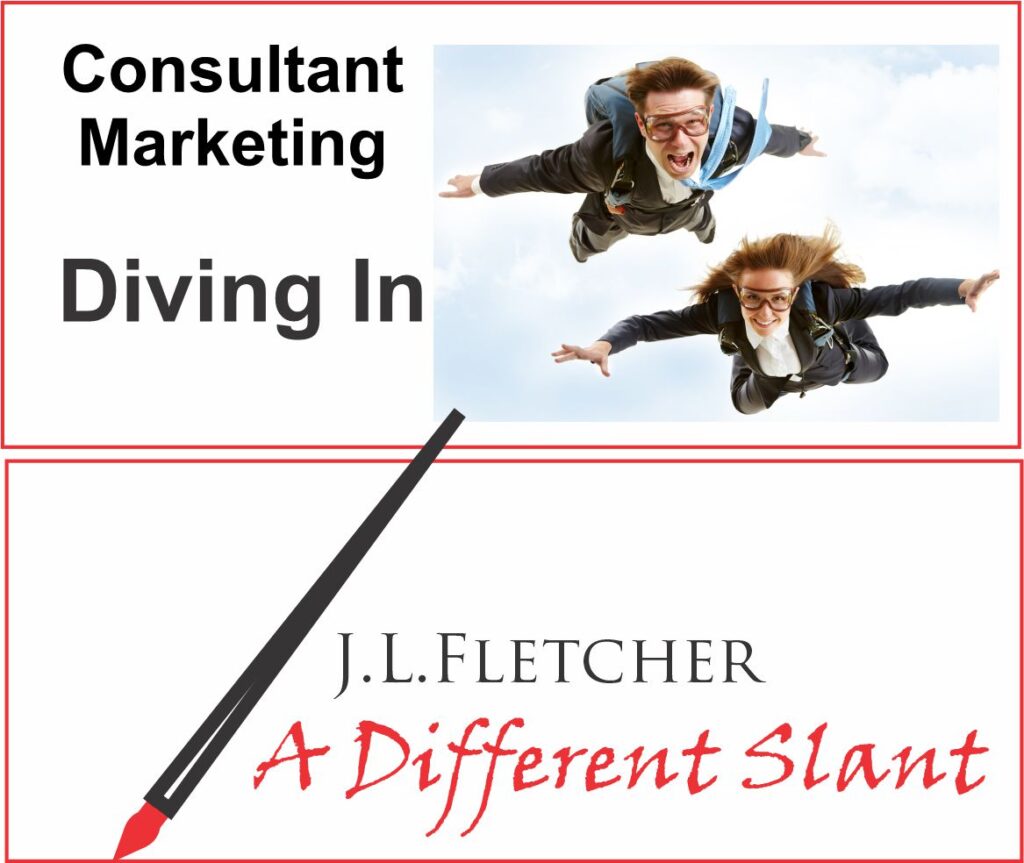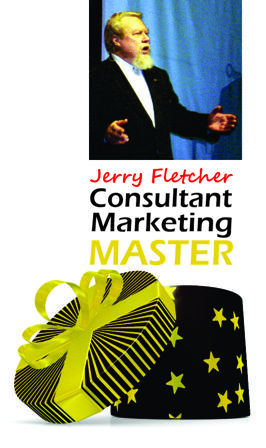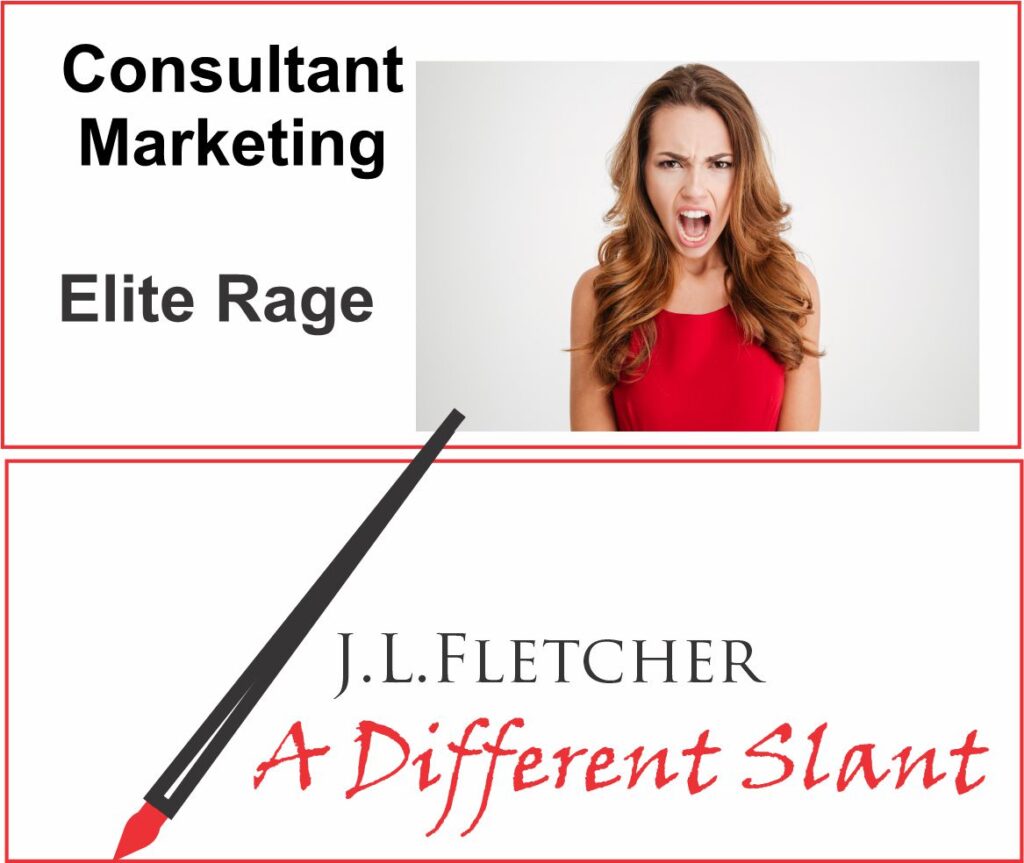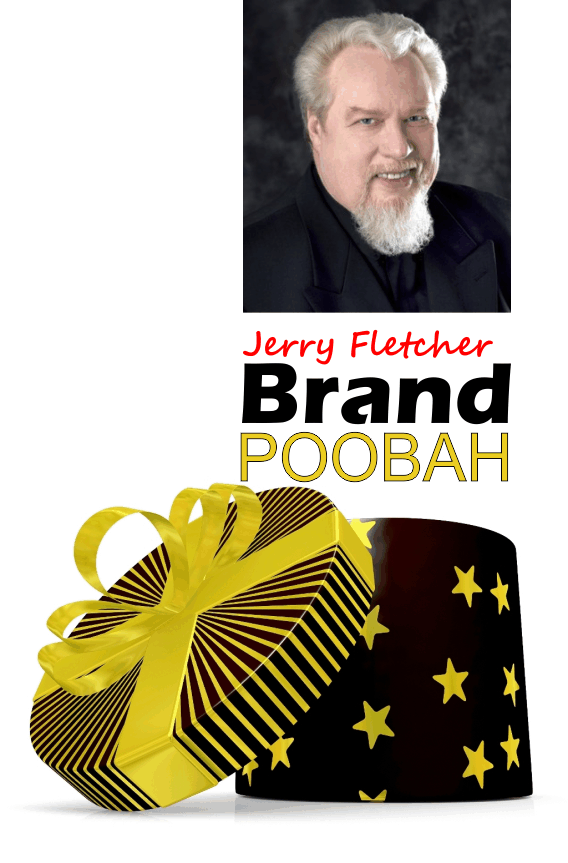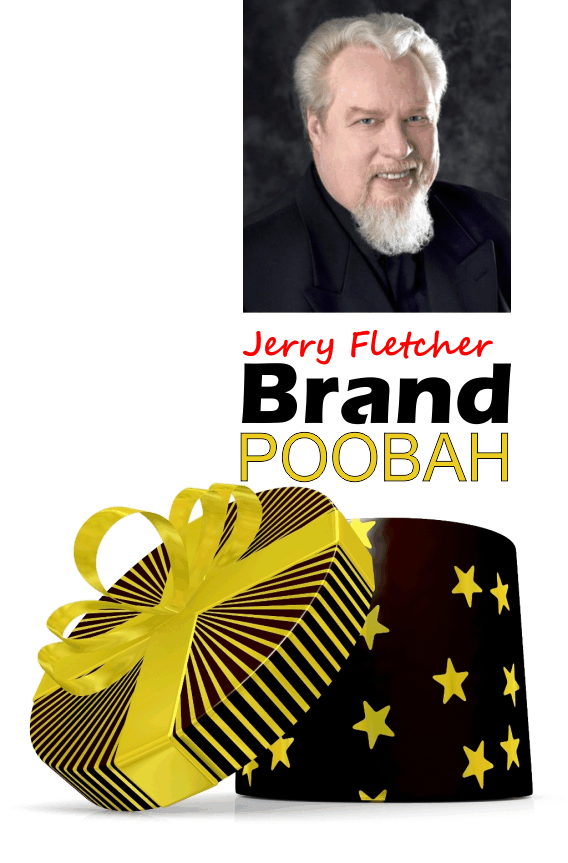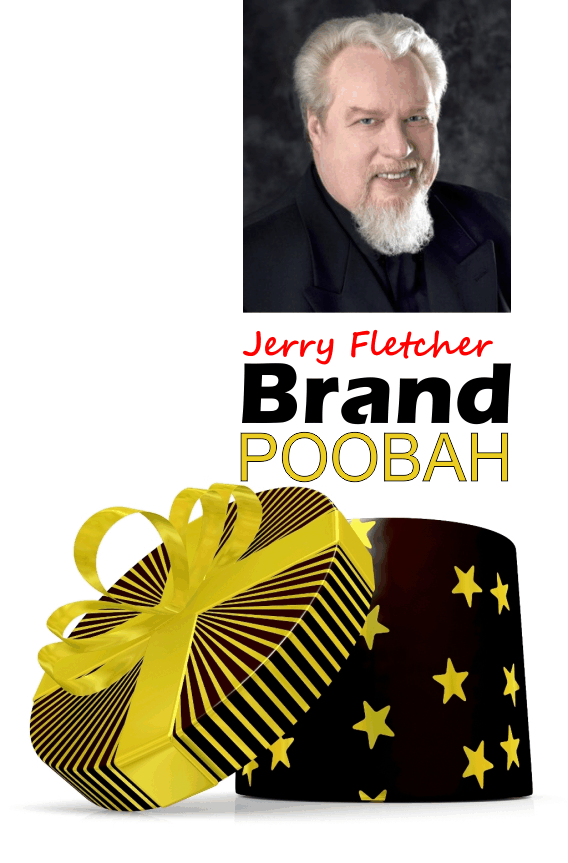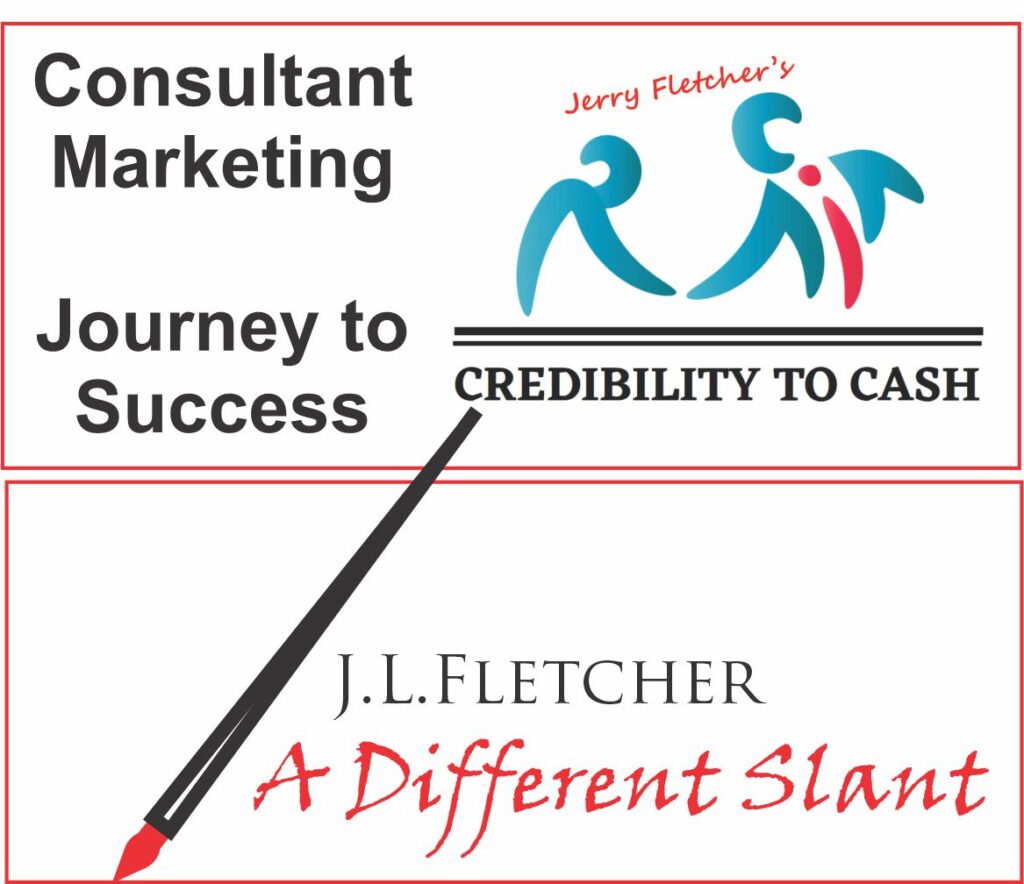
No one ever said it would be easy.
Then again, only a few folks, over time, explained what it takes in way that was completely accessible to those ready for the advice. Some of the best known are:
- Ben Franklin
- Napoleon Hill
- Dale Carnegie
- Claude Hopkins
- Steven Covey
One thing marks them all: Best Seller Self-help books.
But when you study how they came to be so admired you may find you were unaware of some things that might change your beliefs. In fact, the lessons that can be learned from these men might stretch your imagination and put a new spring in our step on your journey. Let’s take them one at a time:
Ben Franklin
He signed all four of the documents that are the basis of formation of the United States was scientist, inventor, diplomat and the originator of a form of peer groups called a Junto.
Ben seldom wrote under his own name. First, he wrote as Silence Dogood for his brother’s newspaper. But his best known work was Poor Richard’s Almanack. The book, filled with proverbs (many of which he invented), was published continuously for 25 years and became one of the most popular publications in colonial America, selling an average of 10,000 copies a year.
Old Ben was his own ghost writer and not afraid to present his views and ideas as inherited from the ages.
Napoleon Hill
He wrote Think and Grow Rich. To date, over 80 million copies have been sold. This may be the top selling self-help book of all time.
It is captivating and clear. It consists of 13 principles that he derived from conversations with some of the wealthiest men of his day. It turns out that there is science to why it works which may explain its longevity.
But the thing is that Hill was not able to think, grow rich, and then write a book about it. Instead, he thought of a book, wrote it, and the riches followed.
Dale Carnegie
We know him best for his book How to Win Friends and Influence People. He said:
“You can make more friends in two months by becoming interested in other people than you can in two years by trying to get other people interested in you”
This pioneer in the field of public speaking and the psychology of the successful personality built an organization that continues to this day
Dale was born Dale Carnagay in 1888 in Missouri.
He changed the spelling of his name only after his first book Public Speaking and Influencing Men of Business was published.
Claude Hopkins
He is a personal hero of mine, one of the great advertising pioneers. Hopkins wrote Scientific Advertising which has sold 8 million copies (It is now available free on-line)
His basic premise was that testing all components of marketing a product was essential to overcome the risks inherent in advertising. That meant looking at product distribution, sampling, copy and graphic split-testing as well pre-empting product specifics benefits and personalities to establish a brand He was a total advertising man.
Even though he was one of the highest paid ad men of his day he resented the fact that he had made his clients significantly wealthier than himself.
Steven Covey
Mr Covey wrote The Seven Habits of Highly Effective People. At last count it had sold more than 30 million copies since it was first published in 1989. One of his lesser known quotes speaks to what I have found to be true:
“Trust is the glue of life. It’s the most essential ingredient in effective communication. It’s the foundational principle that holds all relationships.”
Covey presents a viewpoint that is based on his idea of where principles and values intersect. He sees values as internal and principles as external and disallows conflation. In his view, values are responsible for human behavior whereas principles control results.
His ideas strung together in pithy statements intended to empower and inspire are seen by many as cryptic and requiring significant additional information.
My takeaways after a morning’s research:
- A complete model makes a self-help approach more accessible and memorable just as having a junto builds solutions capability.
- Being controversial or in disagreement with other self-help classics is probably a good idea particularly if your viewpoint is approachable.
- Personal/ individual Marketing is really what self-help is all about. Getting there means understanding what works with the audience.
I’ll be keeping these things in mind as I build out Credibility to Cash.
And so it Goes
Jerry Fletcher is a sought-after International Speaker, a beBee ambassador, founder and CEO of Z-axis Marketing, Inc. See Jerry’s speaker demo reel.
His consulting practice, founded in 1990, is known for on and off-line Trust-based Consultant Marketing advice that builds businesses, brands and lives of joy.
Consulting: https://www.JerryFletcher.com
Speaking: https://www.NetworkingNinja.com
Credibility To Cash Information Sign up for the Newslog

